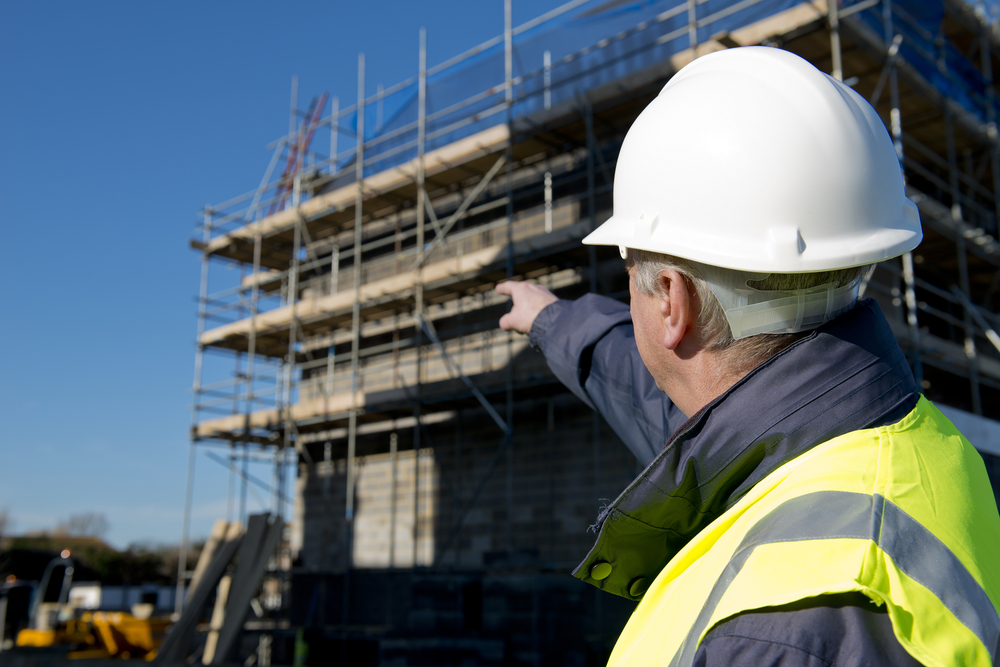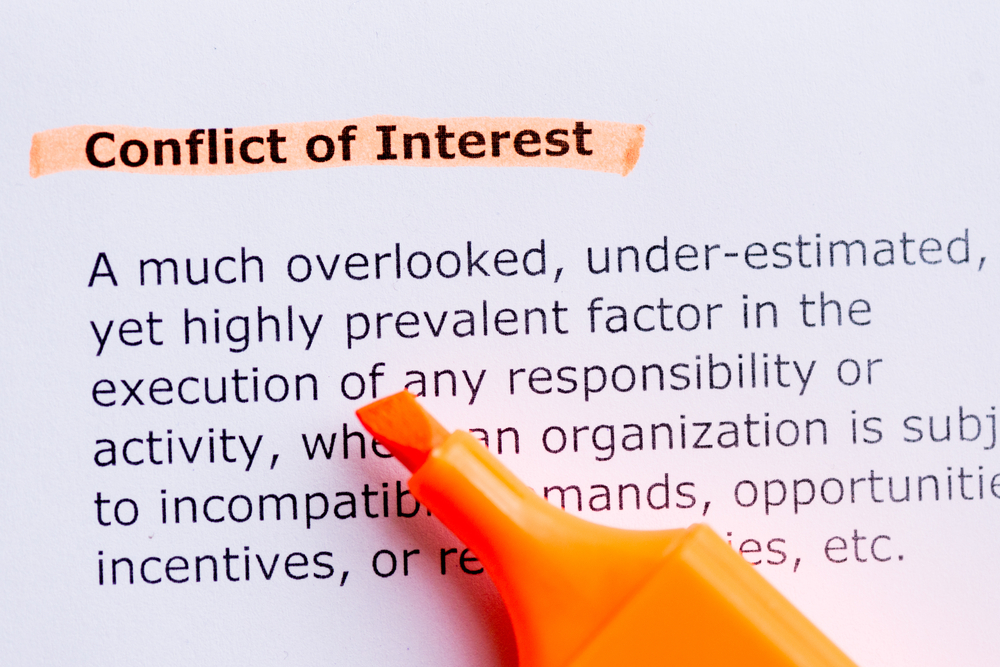A building surveyor is a statutory officer, whose job description is enshrined in building statutes such as the Northern Territory and Victorian Building Acts.
In some jurisdictions they bear different vocational titles such as an accredited certifier in NSW or a private certifier. In other countries they are called building officials.
In Victoria and NSW, one has the choice of engaging a building surveyor from either the private sector or a municipal authority. In Victoria once engaged they become the relevant building surveyor or the abbreviated term the ‘RBS’.
Building Surveyors have carriage of the building permit delivery process. They issue building permits and carry out mandatory inspections during the building process and ultimately issue occupancy permits or certificates of final inspection (in the case of renovation or alteration building works), when the work is fit for occupation.
When can a building surveyor issue a building permit?
In Victoria, the relevant building surveyor may issue a building permit according to section 16 of the Building Act 1993 (Vic). There are are a number of instruments/requirements for a successful application:
- A Planning Permit for the site must be acquired.
- The calculated Building Permit levy must be paid, in accordance with the project size and class.
- Any required consent from a reporting authority is received.
- If protection works is required, they have been complied with.
- Plans in an acceptable format are received and considered. More on these documents can be found in the Building Regulations 2018 – reg 25: Application for permit to construct or alter a building.
In Victoria, a building permit cannot be issued if a planning permit has not been issued.
Great care must be taken by the building surveyor when checking plans
There is Victorian Supreme Court authority that brings home this point. Justice Eames made this clear when discussing this statutory responsibility and the term ‘condescend to the minutiae’ was born.
“it is beyond argument that a surveyor charged with statutory and contractual responsibility for examining plans for compliance, and being well paid to do so, is being called on to apply an expertise which condescends to examine the minutiae of plans, so as to detect error, and ambiguity which might reasonably produce error by those who will subsequently rely on those plans”. [1]
Victorian building surveyors carry out statutory mandated inspections
In Victoria there are four universal mandatory inspections per regulation 167:-
- Prior to footing placement
- Before pouring in situ concrete
- Completion of frame
- Upon completion
In the case of class 2, 3, and 4 buildings, the regulation 172 prescribes additional inspections, between the frame and completion inspections. Regulation 169 also mandates additional inspections of the construction of a swimming pool or spa, which includes an excavation inspection and a final pool barrier inspection.
Further information on these inspections is available in the VBA Building Practice Note M1-01 [A].
When the work is completed, the builder has to notify the RBS. The building surveyor conducts a final inspection. If satisfied that the building work is fit for occupation, the RBS issues an occupancy permit. If the work involves renovations or alterations to a building the RBS issues a certificate of final inspection.
The significance of the occupancy permit cannot be underestimated as it:-
- allows for the lawful occupation of a building
- and provides the evidential trigger or start date for the 10 year liability period. 10 years after the occupancy permit or certificate of final inspection is issued the plaintiff, save for very limited exceptions, will be barred by statute from initiating a ‘building action’.

In Victoria building surveyors can obtain compliance certificates from prescribed building practitioners
Building practitioner is a defined term under the Building Act 1993.
Section 238 of the Victorian Building Act allows a building surveyor to get a compliance certificate from a registered and prescribed class of building practitioner, that certain works comply with the regulations. Building surveyors can delegate inspections to registered building inspectors. Building surveyors can delegate inspections to registered building inspectors.
If the reliance upon the compliance certificate is in good faith, the RBS will be exonerated from any liability that flows from that which is certified. Regard must be had to the good faith requirement; reliance upon compliance certificates as a good faith defence is not a given. There is Supreme Court authority where it was found that good faith reliance was not applicable to the facts at hand.
Enforcement

Building surveyors are statutorily responsible for enforcement and compliance, this is a key part of their raison d`etre (for those that can`t converse in French ‘reason to be’).
They can issue:-
- Building notices.
- Building orders.
- In Victoria, municipal building surveyors can issue emergency orders.
- If a private building surveyor issues a building notice and in a matter of non-compliance with that notice, issues a building order and the respondent refuses to make good that which is required under the order, the RBS must then notify the Victorian Building Authority.
There are statutory conflict of interest provisions, that prevent building surveyors from ‘wearing more than one hat’, as it were

In Victoria the conflict of interest provisions are found in section 79 of the Building Act 1993.
What building surveyors are not
Building surveyors are not a panacea for everything defective.
Take for instance the Building Act 1993 Section 46 states that:-
An occupancy permit is: “evidence that the building or part of a building to which it applies is suitable for occupation… but is not evidence that the building or part of a building to which it applies complies with this Act or the building regulations”.
Nor are building surveyors ‘arbiters of good taste’

Senior Member Davis stated in a 2004 VCAT case:-
“The role of the Building Surveyor/Building Inspector is outlined in the Building Act and Building Regulations. A Building Surveyor/Building Inspector is not engaged to design, construct, project manage, act as a site foreman, clerk of works, supervisor for any part, of any construction process. [2]
The Building Surveyor/Building Inspector does not have any ‘overriding duty’ but has a specified, finite responsibility to ensure compliance with the minimum standards of the Building Code.” [3]
In like vein, more recently Member Nash in Galea v Silverline Homes Pty Ltd [2022] 1368 stated that:- [4]
”It is not the role of the RBS to ensure that each and every element of construction of a dwelling at each stage, complies with the BCA. It is not a supervisory role in that regard. This is particularly the case when there are only 4 mandatory inspections to be undertaken. Any additional inspections would be an additional cost to the owner, substantially increasing the costs of construction. Further, such a supervisory role would result in a RBS taking on the roles and responsibilities of the builder.”
This case is instructive as it is illustrative of a misunderstanding that is harboured by some that the building surveyor is ‘a man for all seasons’; a ‘cure all’ for everything defective.
A building surveyor is not a “man for all seasons”
The vocational responsibilities and liabilities are curtailed to certain statutory remits and as the said case illustrates, building surveyors are not site supervisors, nor are they superintendents of works.
A misapprehension of their statutory remit often leads them to being incorrectly joined as co-defendants on the basis that they bear a greater burden of responsibilities than they do.
This is unfortunate for a variety of reasons:-
- They find themselves joined in legal proceedings on spurious and misconceived grounds.
- This then forces them to claim indemnity to ensure that the case is defended.
- Which can impact upon the price of premiums going forward.
- Sometimes creates false hopes for ambitious plaintiffs.
- Adds to the stresses that are already on the higher end of the tension barometer of a class of profession that is in danger of losing critical mass.

Absent a critical mass of certifiers within local government there will be sufficient private building surveyors to absorb the work load that exists in the building industry.
References
[1] Toomey v Scolaro Concrete Constructions and Others (No.2) [2001] VSC 279, para 311.
[2] Lewis v Threadwell [2004] VCAT 547, para 138.
[3] Lewis v Threadwell [2004] VCAT 547, para 132.
[4] Galea v Silverline Homes Pty Ltd (Building and Property) [2022] VCAT 1368, para 45.
Footnotes
[A] Note however that these notes are guides and not statutory.
Lovegrove & Cotton: Leaders in Building Practitioner Advocacy
Lovegrove & Cotton are experts in construction law and building practitioner legal representation in Melbourne, Sydney, the ACT and Queensland. Justin Cotton has represented building practitioners and building surveyors successfully for nearly fifteen years and has established leading precedents in Australian tribunals. If the reader knows of anybody who needs legal representation in this complex jurisdiction, feel free to contact our practice manager and construction and planning lawyer, Tsigereda Lovegrove.
Click here to learn more about Lovegrove and Cotton and practitioner advocacy. Follow the below links for further articles:
Prosecutable Offences Under the Building Act 1993 (Vic)
The Duty of Care of Certifying Authorities to Owners of Residential Buildings: How Far Does it Go?
Building Surveyors are not Arbiters of Good Taste
Victorian Building Surveyors Powers to Issue Building Notices and Building Orders
Disclaimer
This article is not legal advice and discusses it’s topic in only general terms. Should you be in need of legal advice, please contact Lovegrove & Cotton Lawyers and our experienced lawyers will assist you based on the facts and circumstances of your case.